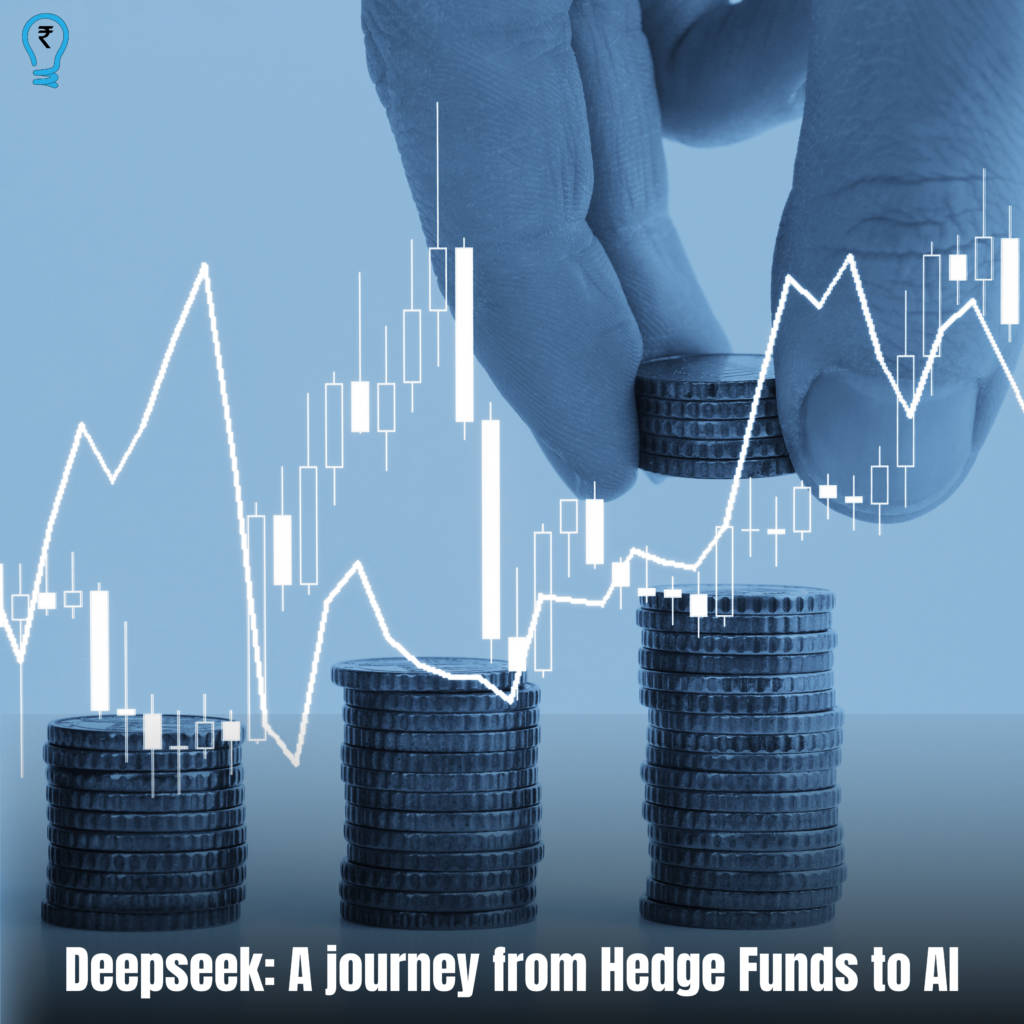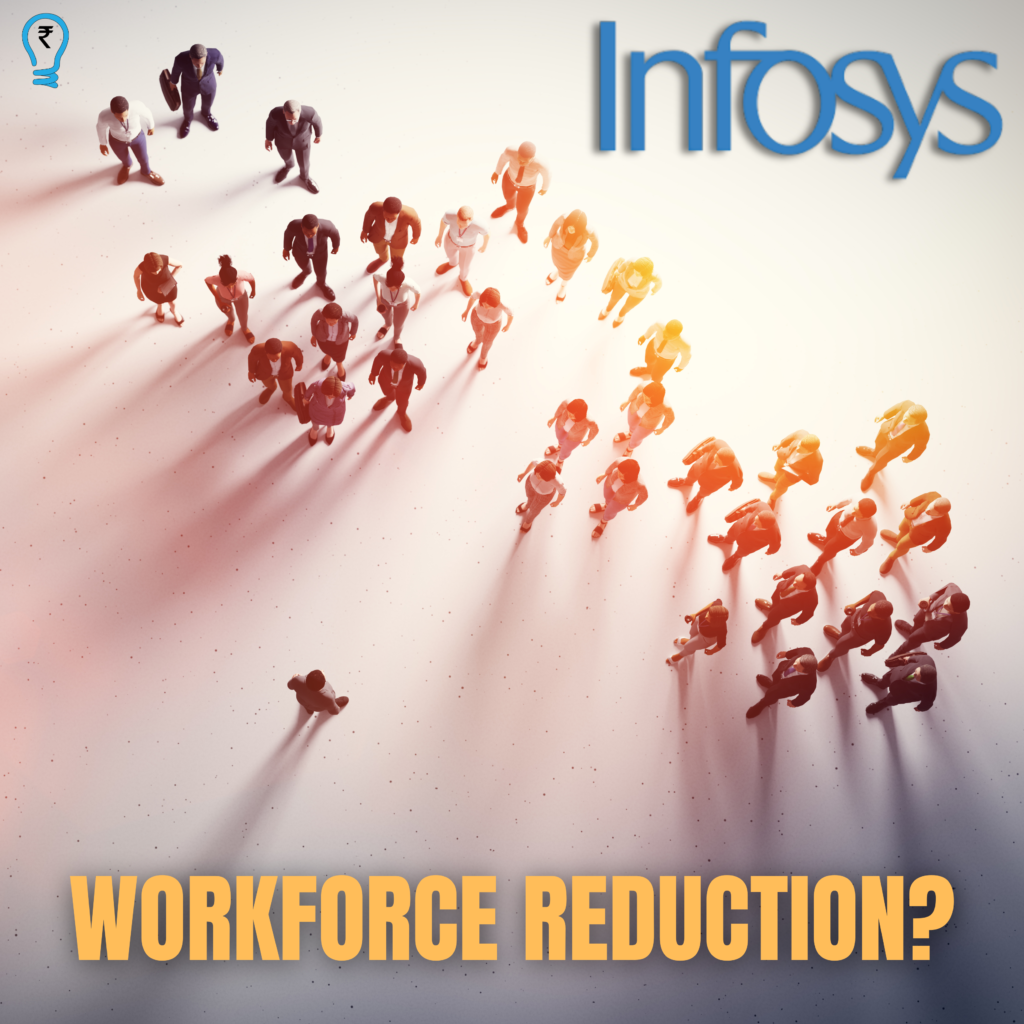Trigger warning – The following piece of writing contains mentions of gun violence and its consequence which could be triggering to some readers.
I recall reading the headline, “19 students and two teachers killed in a school shooting.” When I first saw this headline, I assumed it would have happened in some war-torn region of Iraq, Syria, or Ukraine. But I was mistaken. The news came from Texas, USA, which caught me by surprise.
But I soon realised that I wasn’t entirely wrong. The news came from a war-torn area, but not those that we hear of. It came from America, which is embroiled in its own undeclared state of war against gun violence.
Among wealthier, developed countries, the USA is an outlier when it comes to firearm violence. In the USA, gun violence has caused a human rights crisis. The violence committed using firearms, for example, pistols, shotguns, assault rifles or machine guns, has led to a violation of the most fundamental human right – the right to life.
According to the U.S. Centres for Disease Control and Prevention (CDC), the number of gun deaths in the USA has been more than 194,000 over the past five years, averaging about 39,000 deaths annually.
Without a doubt, the loss of human lives and the suffering of the survivors due to gun violence are the most devastating. But examining the serious economic consequences of gun violence is paramount to understanding just how extensive and expensive this crisis is. But before jumping on to numbers we must understand the factors to be taken into account while calculating the economic cost of gun violence.
A significant cost involved is that of medical care. It includes not only the immediate cost of the hospitalisation when the injury first happens but also the lifetime of medical care that can follow, for example, a traumatic brain injury or spinal cord injury. Apart from that, there’s also the cost of mental health care for the victim and the victim’s family as incidents such as gun violence can leave a deep impact on the mental health of the survivors.
Coming to the legal aspect of the consequences, there is also the need for emergency services like the police and the criminal justice system. These services are extremely important for providing justice to victims and maintaining law and order. They are the ones who meticulously follow every step for solving the cases out and even in case of accidental shootings, they carry out the legal procedure. Due to their importance in every case, such services also end up being highly costly when looking at the overall picture.
Also, there is the cost of the lost value of life i.e. the decline in productivity caused by the death of victims or due to any serious injuries to the survivors. This includes the loss of wages that could have been earned by the victim, the loss of output that could have been produced by the victim and also the loss of quality of life for the victim and their family members.
The social fear produced by acts like gun violence translates into greater economic costs. In the neighbourhoods where gun violence surges take place, there is a significant reduction in the growth of new retail and service businesses because of safety concerns. This leads to lower job creation for the neighbourhood residents and fewer local establishments available for residents to shop at. Sometimes, business owners in these neighbourhoods may get forced to bear the cost of enhanced security measures, while also suffering a decline in revenue because residents don’t feel comfortable shopping more often.
This fear is also reflected in the housing prices of such neighbourhoods. Residents form a negative perception of the neighbourhoods affected by gun violence (and probably rightly so), which drives the existing community members to relocate and keeps away prospective new residents from moving to affected neighbourhoods. This hurts the housing prices which either appreciate more slowly or, at the worst, decline.

Mr Ted Miller, a health economist from the Pacific Institute for Research and Evaluation, calculated the economic costs of gun violence (using 2019 data) and he pegged the total cost at $810 billion for one year. This enormous cost emphasises the fact that gun violence has caused a severe crisis in the United States, which is harming it in every way possible.
Another interesting point to note is that this cost is not solely borne by the victims and their families; the taxpayer also foot’s a significant portion of this bill. Most firearm injuries are covered by Medicare or Medicaid, which are public insurance programs for lower-income people. The government also has some income transfer programs for people who are severely and permanently disabled by gun violence. And very recently, US President Joe Biden touted $750 million to help states implement and run crisis intervention programs. The money will be used to implement and manage red flag programs — which through court orders can temporarily prevent individuals in crisis from accessing firearms — and for other crisis intervention programs like mental health courts, drug courts and veterans courts.
This shows that instead of education funding, social services, economic redevelopment grants, and so many other vital public goods from which all citizens benefit, the government is forced to spend the taxpayer’s money on a crisis that brings nothing of benefit but plenty of loss in the form of heartbreak and broken lives.
It is true that all of these economic costs ultimately pale in comparison to the pain of losing a loved one. But knowing these costs helps in realising that gun violence is causing a much bigger crisis than it was thought of and that the burden of this crisis is not just borne by the victims but the nation as a whole.
The US Congress recently passed the most comprehensive gun violence legislation in decades, indicating that the US government has begun to recognise the gravity of the crisis. The bill enforced stricter background checks for younger gun buyers, restricted gun ownership for perpetrators of domestic violence, and funded mental health programs, as reported by ABC News.
Now hopefully, as President Joe Biden said while signing the law, “Lives will be saved.”

Vansh Gupta
MemberDeepseek: A journey from Hedge Funds to AI
Introduction: In this busy and bustling day to day life of ours managing our Finances…
Beyond Numbers: The Human Cost of Infosys’ Layoffs and the Global Normalization of Workforce Reduction
A Familiar Script: Infosys and the Corporate Playbook of Disposable Labor: On February 7, 2025,…
Understanding Tariffs and Their Impact on India
What Are Tariffs? Tariffs are taxes governments levy on foreign imports to make the goods more…
The Economics of Player Transfers in Football
Introduction: In the world of football player transfers are more than just transactions, they are…
Session 5
Session 5- Unraveling Equity Derivatives: Insights from the Fifth Development Session The Fifth Development Session…
An Attempt To Deteriorate The Creditworthiness of Indian Entities
Introduction: The growth story of India in almost every sector is not alien to the…








Excellent analysis using different dimensions of this crisis. Great work.